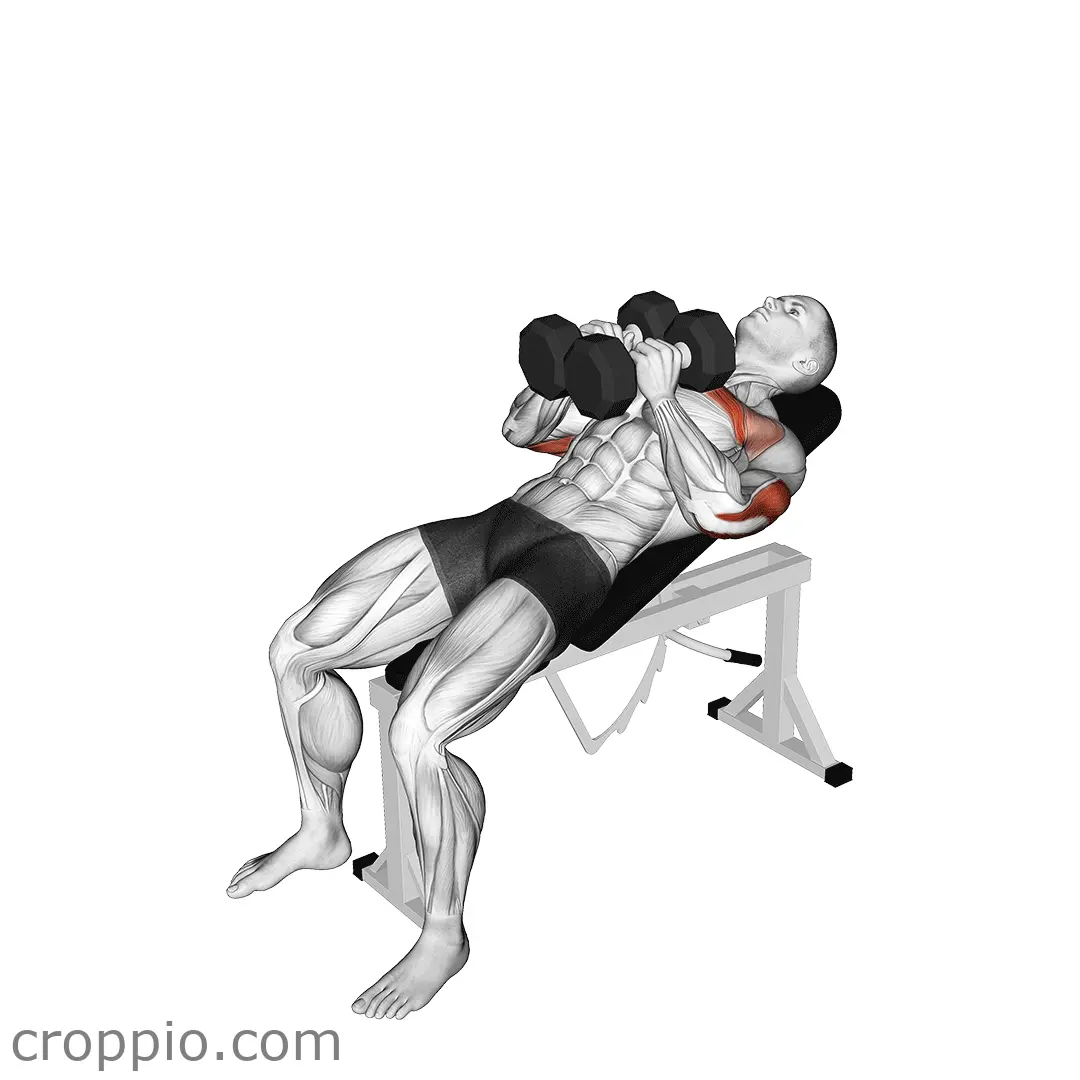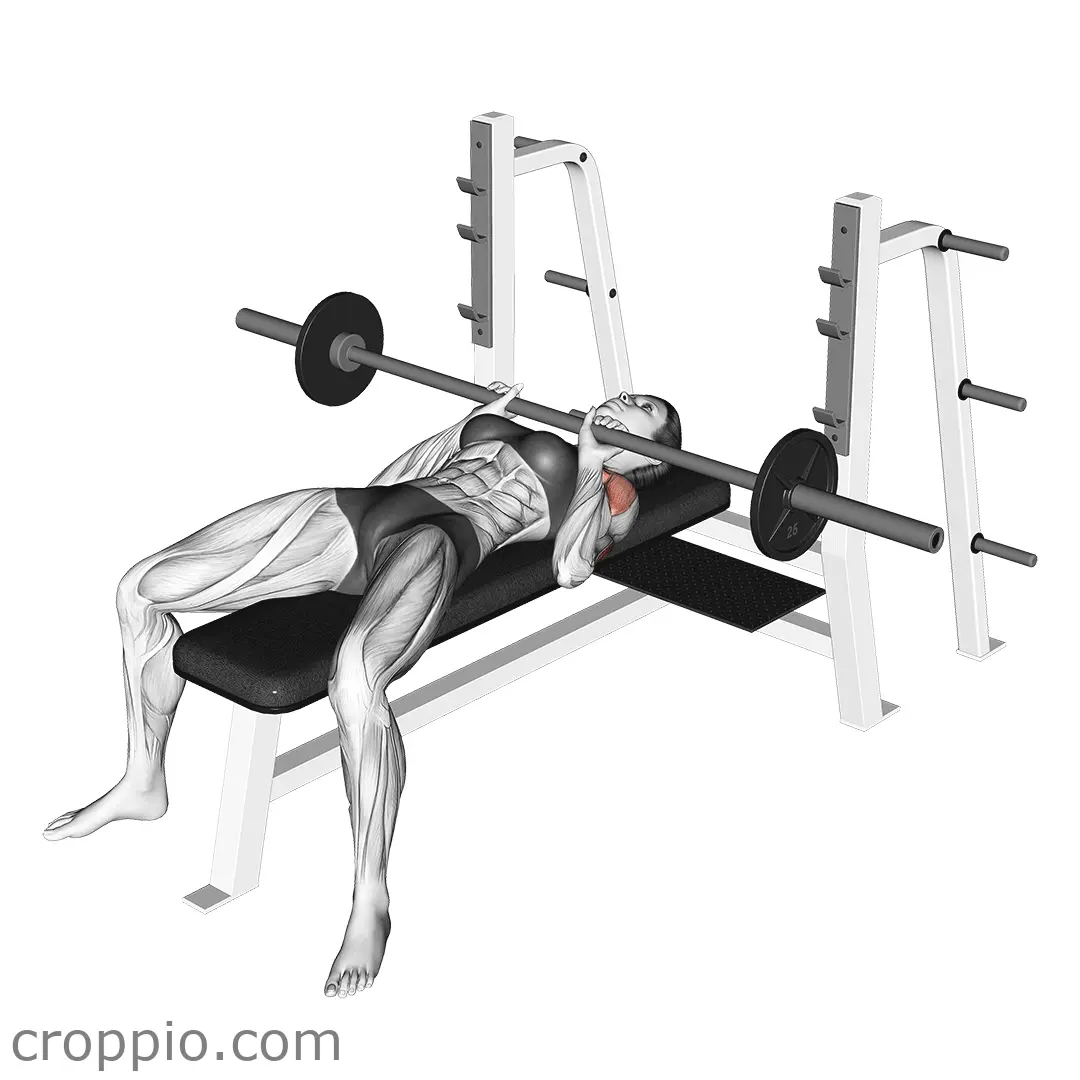Doorway Chest Stretch

Muscles Involved
The doorway chest stretch primarily targets the pectoralis major and pectoralis minor muscles. These muscles are essential for shoulder movement and upper body strength. The stretch also engages the anterior deltoids, located at the front of the shoulders, and the triceps brachii, contributing to overall shoulder flexibility and posture. Secondary muscles involved include the serratus anterior and the rhomboids, which support scapular movement and stability.
Top Mistakes
- Overextending the Back: Arching the lower back excessively during the stretch can lead to discomfort or injury rather than alleviating tension.
- Holding Breath: Failing to breathe deeply and evenly can reduce the effectiveness of the stretch and increase tension in the muscles.
- Incorrect Hand Positioning: Placing hands too high or too low on the doorframe can limit the stretch, preventing the muscles from being adequately engaged.
Execution Tips
- Proper Setup: Stand in the doorway and place your forearms on the door frame at a 90-degree angle or slightly lower, ensuring your elbows are in line with your shoulders.
- Body Position: Take a step forward, keeping your feet shoulder-width apart, which will effectively stretch the chest muscles without straining the back.
- Mind Your Posture: Maintain a neutral spine and avoid leaning too far forward or backward to enhance the effectiveness of the stretch while reducing the risk of injury.
- Focus on Breathing: Take slow, deep breaths to relax your muscles and increase the depth of the stretch for maximum benefit.
Workouts
The doorway chest stretch can be incorporated into your workout routine both as a warm-up and a cool-down activity. Aim for holding the stretch for 20-30 seconds, repeating it 2-3 times for optimal muscle engagement. Complement this stretch with exercises that target the back muscles, such as rows or lat pulldowns, to promote balance and improve posture. Consider integrating this stretch into a flexibility or mobility session, alongside other muscle-opening moves like arm circles or shoulder dislocates.
Conclusion
The doorway chest stretch offers numerous benefits, including improved flexibility in the chest and shoulders, increased blood flow, and enhanced posture. Regular practice can help alleviate tightness from prolonged sitting or repetitive upper body activities, making it an essential component in any fitness routine. By integrating this stretch, you can prepare your muscles for exertion and promote recovery, ultimately contributing to better overall performance in physical activities.



